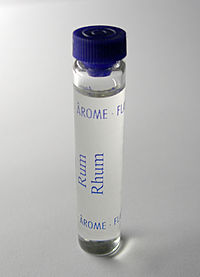
Photo from wikipedia
In 1976, an animal model of type 2 diabetes (T2DM) was described by Cameron et al. using injection of monosodium glutamate (MSG) in KK mice during the neonatal period. Some… Click to show full abstract
In 1976, an animal model of type 2 diabetes (T2DM) was described by Cameron et al. using injection of monosodium glutamate (MSG) in KK mice during the neonatal period. Some years later, similar models have been developed by various doses and durations and the main of these models exhibited obesity and features of diabetes mellitus, including glycosuria, hyperglycemia, hyperinsulinemia, decreased glucose tolerance, and insulin sensitivity. Studies indicated that MSG treatment of newborn animals generates necrosis of neuronal cells of the hypothalamic ventromedial nucleus and arcuate nucleus. Neonatal MSG-treatment was related to normoglycemic-normoinsulinemic state at young ages and development of obesity and hyperinsulinemia at adult ages. Following observation of a severe hypertrophy of pancreatic islets due to the proliferation of β-cells in MSG-treated mice, this model has been proposed as a useful animal model of human T2DM. A higher dose of MSG (≥4 mg/g body weight) accompanied by a longer follow-up duration (>6 months) are needed to establish a typical animal model of T2DM.
Journal Title: Methods in molecular biology
Year Published: 2019
Link to full text (if available)
Share on Social Media: Sign Up to like & get
recommendations!